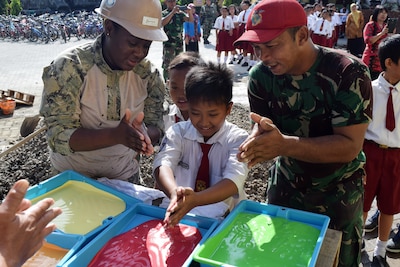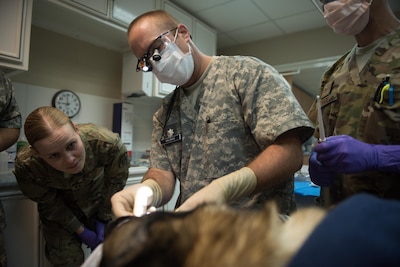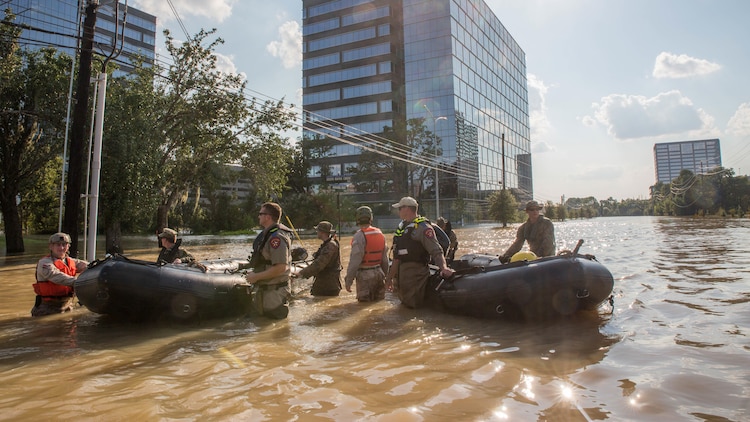By Logistics Group Western Pacific
SURABAYA, Indonesia, Sept. 7, 2017 — The U.S. and Indonesian
navies have come together for the 23rd iteration of a bilateral exercise and
skills exchange called Cooperation Afloat Readiness and Training, or CARAT.
The exercise began today and continues through Sept. 13.
Taking place on the ground here and in the waters and
airspace of the Java and Bali seas, the training is aimed at deepening maritime
security cooperation between the United States and Indonesia.
"As maritime nations with shared values and common
strategic interests, the United States and Indonesia enjoy a comprehensive and
growing naval partnership based on mutual respect," said Navy Rear Adm.
Donald D. Gabrielson, commander of Logistics Group Western Pacific and Task
Force 73.
"The United States respects Indonesia's role as a
regional leader in maritime security and we want to help Indonesia enhance its
ability to preserve stability and protect its resources," Gabrielson said.
"CARAT deepens our maritime partnership and has served as a critical
building block of trust, familiarity and friendship with our Indonesian
partners for more than 23 years. We see mutual benefits whenever our navies
work together."
More than 300 U.S. sailors and Marines will participate in
CARAT Indonesia alongside their counterparts from the Indonesian navy. The
exercise will feature complex at-sea training in surface warfare; visit, board,
search and seizure anti-piracy drills; a gunnery exercise; and maritime patrol
operations.
Exchanging Best Practices
Additionally, personnel from both nations will exchange best
practices on naval tactics during a series of military seminars ashore.
Numerous skills exchanges in maritime domain awareness, aviation seminars,
military law, and surface warfare symposia are planned during the shore phase
of the exercise.
The U.S. 7th Fleet and 3rd Marine Expeditionary Force bands
will conduct numerous cultural outreach engagements with the Indonesian navy's
eastern fleet band for local citizens here.
"The Indonesian navy is a valuable partner working
cooperatively to ensure a secure maritime domain," said Navy Capt. Lex
Walker, commodore of Destroyer Squadron 7. "CARAT Indonesia provides a
unique opportunity for both navies to work together even closer and enhance our
mutual capabilities."
U.S. units participating in the exercise include the
expeditionary fast transport ship USNS Fall River, a P-3C Orion maritime patrol
aircraft and U.S. Marines assigned to the 3rd Marine Expeditionary Force.
Indonesia has been part of the CARAT exercise series since
it began in 1995. After more than two decades of annual training events between
the armed forces, CARAT Indonesia remains a model for cooperation that has
evolved in complexity and enables both navies to refine operations and tactics
in response to both traditional and nontraditional maritime security
challenges, exercise officials said.
CARAT Indonesia is part of a broader bilateral exercise
series the U.S. Navy conducts with partner navies in South and Southeast Asia
to address shared maritime security priorities, strengthen maritime
partnerships and enhance interoperability among participating forces.
Task Force 73 and Destroyer Squadron 7 conduct planning,
organize resources and directly support the execution of maritime exercises
such as the bilateral CARAT series, the naval engagement activity with Vietnam,
Pacific Partnership, and the multilateral Southeast Asia Cooperation and
Training.









